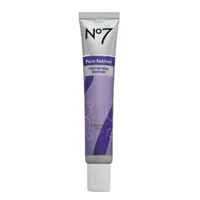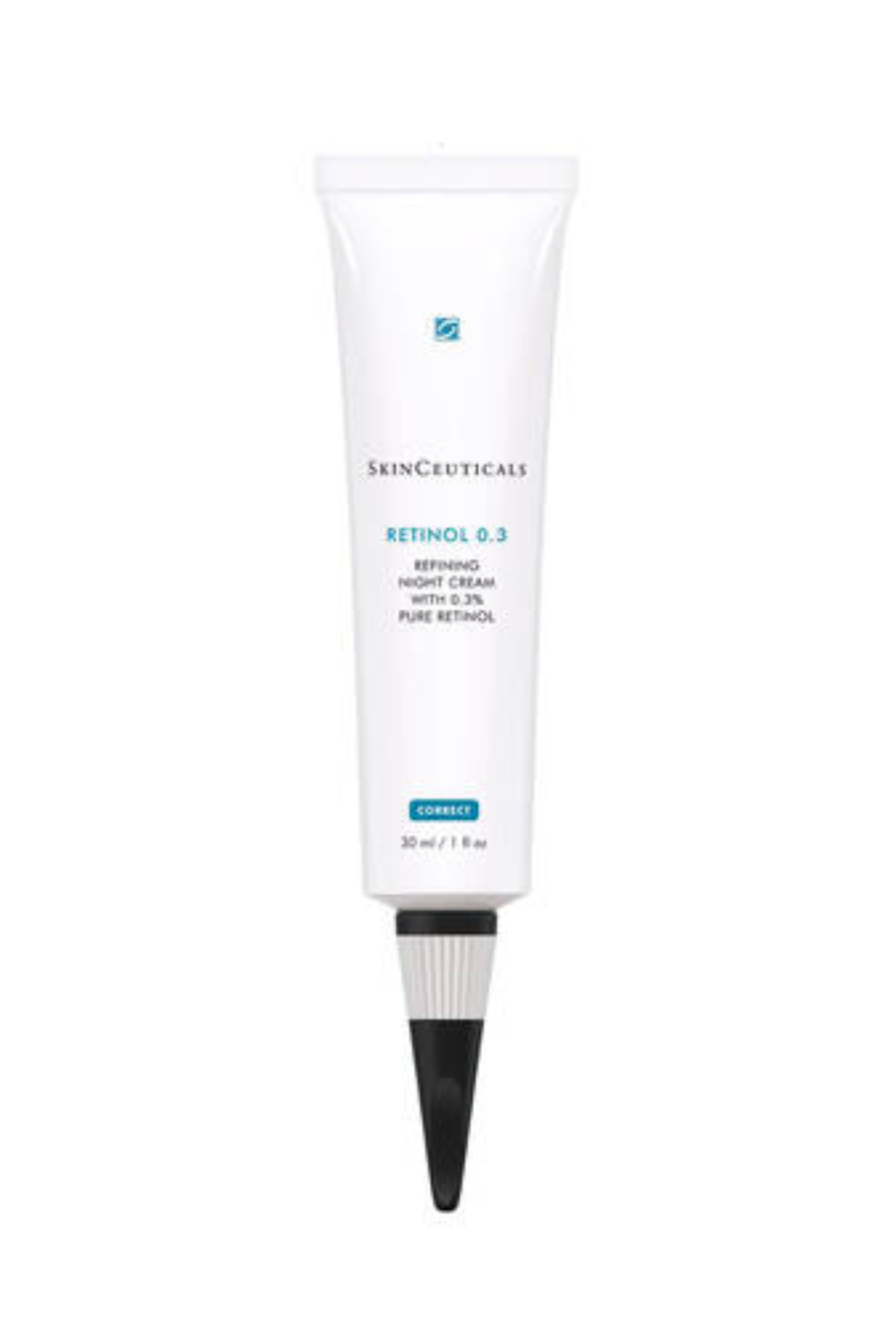What is retinol? A guide to its benefits and the best products
Here's how retinol became the stuff of skincare legends...

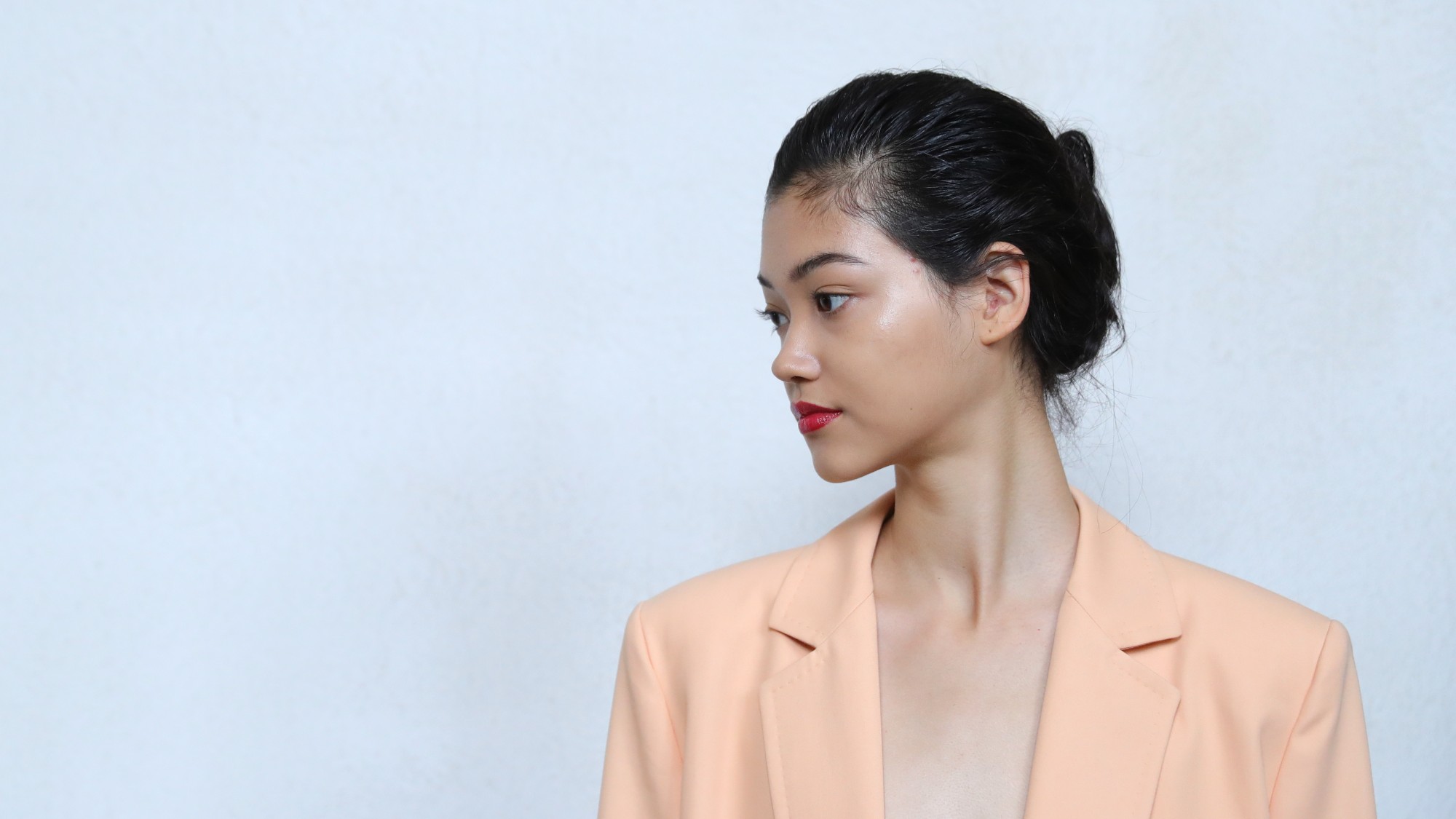
Here's how retinol became the stuff of skincare legends...
Far from being a one-hit beauty wonder, retinol is a mainstay in the skincare routines of beauty editors, dermatologists and skincare aficionados alike. A hero ingredient in the battle against fine lines and wrinkles, retinol has become as much an essential in some women's beauty regimens as the best eye cream or the best SPF moisturisers – and it isn't hard to see why.
So popular, in fact, is this renewing ingredient that 100,000 people signed up to the waiting list for No7's Retinol Cream ahead of its release. Pretty impressive, right?
Haven't used it before and want to know the best way to apply in your skincare routine? Want to know its dos and don'ts, or simply brush up on your skincare knowledge? Keep scrolling to find out everything you need to know about this wonder ingredient.
What is retinol?
'Retinol is pure Vitamin A and it is used to treat specific skin concerns such as skin prone to large pores (acne-prone skin) and mature skin,' explains Linda Blahr, National Head of Training and Science at SkinCeuticals.
'Retinol reactivates the skin renewal process and can be a great priming treatment to prepare skin for chemical peels and other medical procedures.'
Does it really work?
In short – yes. Retinol is one of the most revered ingredients in the beauty industry and has been proven to be effective at tackling early signs of ageing such as pigmentation including sun damage, fine lines and wrinkles.
As well as having ‘an exfoliating effect that smoothes skin texture and gives a natural glow, it also has antioxidant properties and reduces the appearance of brown spots,’ says aesthetic doctor Dr Bernard Hayot.
Dr Hayot explains that retinol 'stimulates flexibility and elasticity of the skin, collagen and also helps to create a bright complexion as well as regenerating melanin to tackle pigmentation.’
Make sure you’re using a product that contains the right form of retinol, though. Check the ingredients list first to make sure it contains ‘retinol or retinaldeyhe, rather than one of the less effective derivatives such as retintyplalmitate,’ recommends Dr Stefanie Williams, dermatologist and Director of the Eudelo clinic.
Is retinol the same as vitamin A?
Retinol is a form of retinoid, which is a derivative of vitamin A. Dr Hayot adds: ‘retinol is a vitamin A acid, which is the natural precursor to retinoic acid. Then body transforms retinol into retonic acid.’
It's in this form, as retonic acid, that the benefits of retinol are truly felt on the skin.
How to use retinol
‘Start, at the latest, when you see the first signs of reduced skin elasticity, fine lines and also irregular pigmentation,’ advises Dr Stefanie Williams.
When first using retinol you can experience some irritation such as dryness, redness and even flaky skin. So if it's your first time using it, ease yourself in by applying a low percentage and only use twice per week at intervals, gradually increasing to daily use if your skin can tolerate it well.
As your skin adapts and, if you don't suffer from too much sensitivity, you can increase the percentage too. ‘Even if you can’t build up to anymore than two days per week it’s still effective and worth doing so don’t be put off,’ says Dr Stefanie.
When you first apply only use a pea-sized amount. Trust us, a little goes a long way.
What to apply after retinol
We spoke to Dr Eleanor Bradley, No7’s Science Credentialing Manager, about what you should apply after using retinol.
'When using retinol, it’s really important to use nourishing products that can help hydrate, calm and support the skin’s barrier as part of your night-time regime. This is because your skin can be prone to dryness and redness due to retinol's action on the skin, especially at higher more potent strengths.
'That’s why we developed the No7 Pure Retinol Post Retinol Soother, a retinol-free formulation that’s been specifically designed for use with high strength retinol products like the No7 Pure Retinol 1% Night Concentrate. The No7 Pure Retinol Post Retinol Soother contains a range of nourishing and barrier-supporting ingredients including niacinamide, ceramides and Japanese lily turf alongside soothing bisabolol, liquorice and restorative centella asiatica - helping support skin's tolerance to retinol by ensuring skin is deeply moisturised, soothed and more resilient.'
No7 Pure Retinol Post Retinol Soother, £14.95 | Boots
No7's Post Retinol Soother helps support skin’s tolerance to retinol by ensuring skin is moisturised. Skin is visibly healthier looking and feels hydrated and soothed from first use.
What percentage of retinol is best?
'The higher the concentration, the stronger the skin will respond with visible shedding and redness,' explains Blahr. 'But, it is just as important to note that this is exactly the reaction that we want for optimal results – it’s no irritation at all.
'However, a skin with no retinol experience should always start low (with 0.3%) and increase the level (to 0.5% and then 1%) with each bottle. If the skin is quite sensitive just stay with 0.3%. The 1% is optimal for visible signs of ageing or photodamage (hyperpigmentation) and acne scars, however you'll only get this with a prescription.'
When do you use it?
Retinol can cause skin sensitivity and, after use, it’s important to be particularly careful in the sun and apply a high factor SPF 30 or 50, even if it looks cloudy or grey outside. You will find formulas for both day and night, but we would err on the side of caution and stick to it in your evening routine. You'll find it in many forms - but mainly as a night serum or in the best night creams.
Where should you apply it?
It's effective on all parts of the body; it's even included in some hand creams, though it is most commonly found in facial skincare products like the best face serums and hyperpigmentation treatment products. A good routine is to start with something like La Roche-Posay Retinol 0.3% + Vitamin B3 and apply to the forehead, then the nose, cheeks and chin. Be careful to avoid the eye area and around the nostrils as this area is prone to suffering from dryness.
‘Avoid using retinol around the eyes because the skin is thinner, more delicate and sensitive in that area,’ advises Dr Bernard Hayot.
When should you start using retinol?
It's important to remember that everyone's skin is different, but Dr Ewoma Ukeleghe of the SKNDOCTOR clinic tells us that as a general rule, the age of 25 is a good time to start using retinol, as it's when our skin's collagen levels start to deplete.
Is retinol good for acne?
‘Vitamin A acid or retinoic acid was first used to treat acne on young adults before its skincare benefits were fully realised,’ says Dr Hayot. Isotretinion, more commonly referred to as the brand name Roaccutane, is a form of vitamin A.
Be careful if you’re on any prescribed acne medication though. Certain ingredients commonly found in acne medication such as salicylic or glycolic acid can cause irritation and redness if combined with retinol, so be sure to check with your doctor before using.
How long does it take to work?
As with all skincare products, you should be patient with the results. ‘Skin is renewed after 28 days on average, which means the new cells migrate to the surface of the skin after which time you should start seeing results,’ says Dr Hayot.
Next up, getting your hands on the best retinol products on the market. Take a look at our edit of the best below. We've tested each product as part of our evening skincare routine and looked at things like the formula, texture, ingredients, price and of course, the results.

Like most retinol products, the trick to getting the best results with this retinol serum is to keep application to a minimum. You only need to apply this twice a week to see the tried and tested results. After just four weeks, that’s eight applications, fine lines and wrinkles can start to feel like a thing of the past.
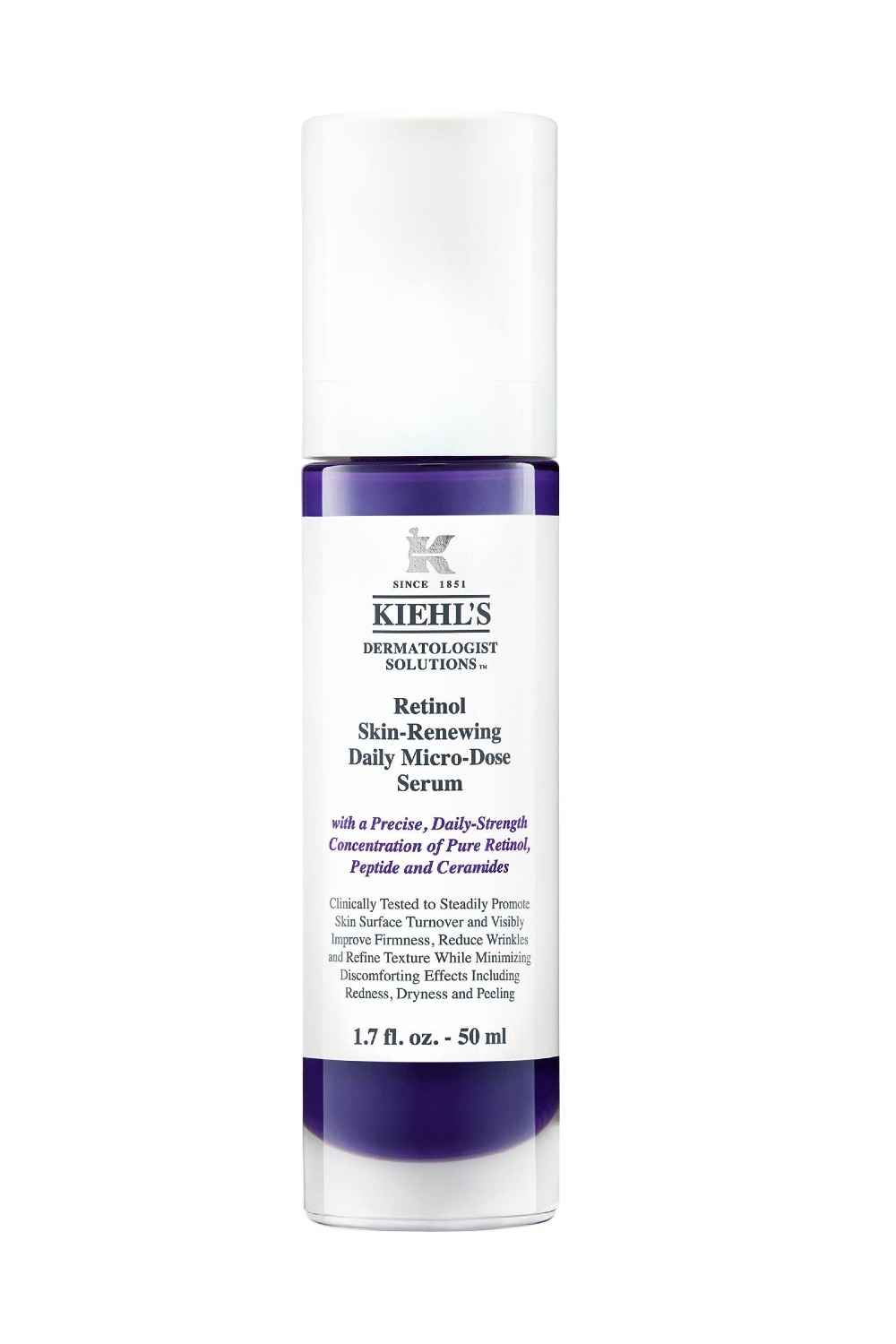
It might be one of the newest retinol products on the block, but this potent Kiehl's serum was well worth the wait. Precisely formulated for anti-aging, with a daily-strength dose of Pure Retinol to visibly reduce the look of wrinkles and refine skin's texture, this dreamy serum delivers amazing results without the typical signs of discomfort such as redness, dryness and peeling. Hurrah!

When we heard that one of our all-time favourite YouTube skincare gurus was partnering with the Inkey List on a sustainable skin care collabb, we couldn't believe our luck. And let us tell you, this gentle, slow-release retinol serum lives up to its hype. Nutrient-Rich Rainbow Algae and Tranexamic Acid combine to reduce the appearance of post-breakout marks and hyperpigmentation, while making your complexion appear more even, smooth and radiant. Oh, and did we mention that it's also cruelty-free, fragrance-free, palm-free and vegan? Yep, this one ticks all the boxes.
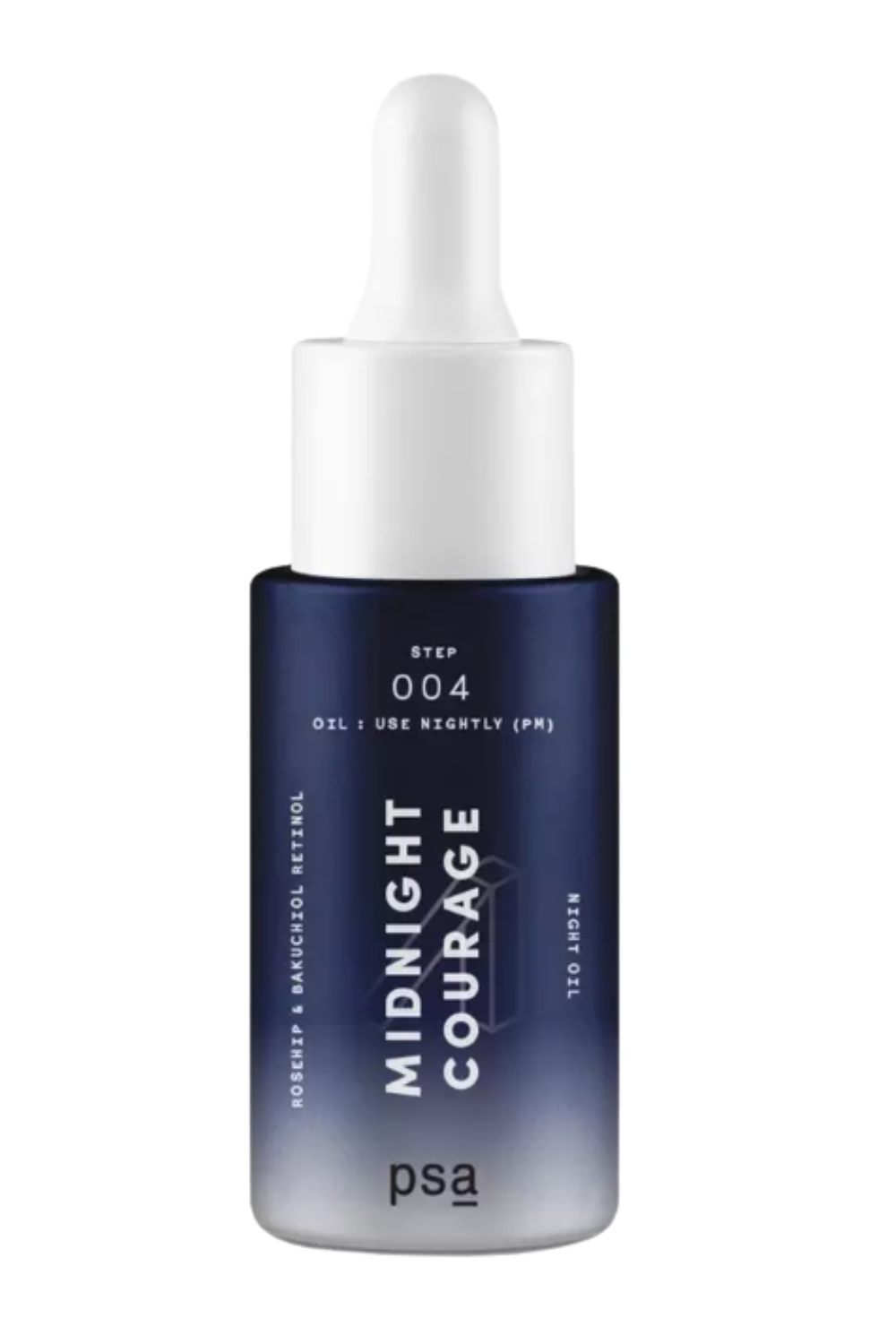
Somewhat of an overnight wonder product, PSA Skincare's advanced retinol oil is supercharged with botanical extracts to help reduce dark spots, fines lines and signs of premature ageing, while also balancing uneven skin tone and boosting moisture levels. Formulated with 2% retinoid, bakuchiol, coenzymeq10 and supercharged omega-rich oils, you'll notice that your skin is softer and more subtle after just a few uses. Swoon.

Paula's Choice's latest release combines an entry level concentration of retinol with 0.2% bakuchiol, a powerful plant extract that helps to boost retinol's results. The brand also offers a much stronger Retinol Treatment at 1%, if you're a seasoned retinol user and want something that packs even more of a punch.
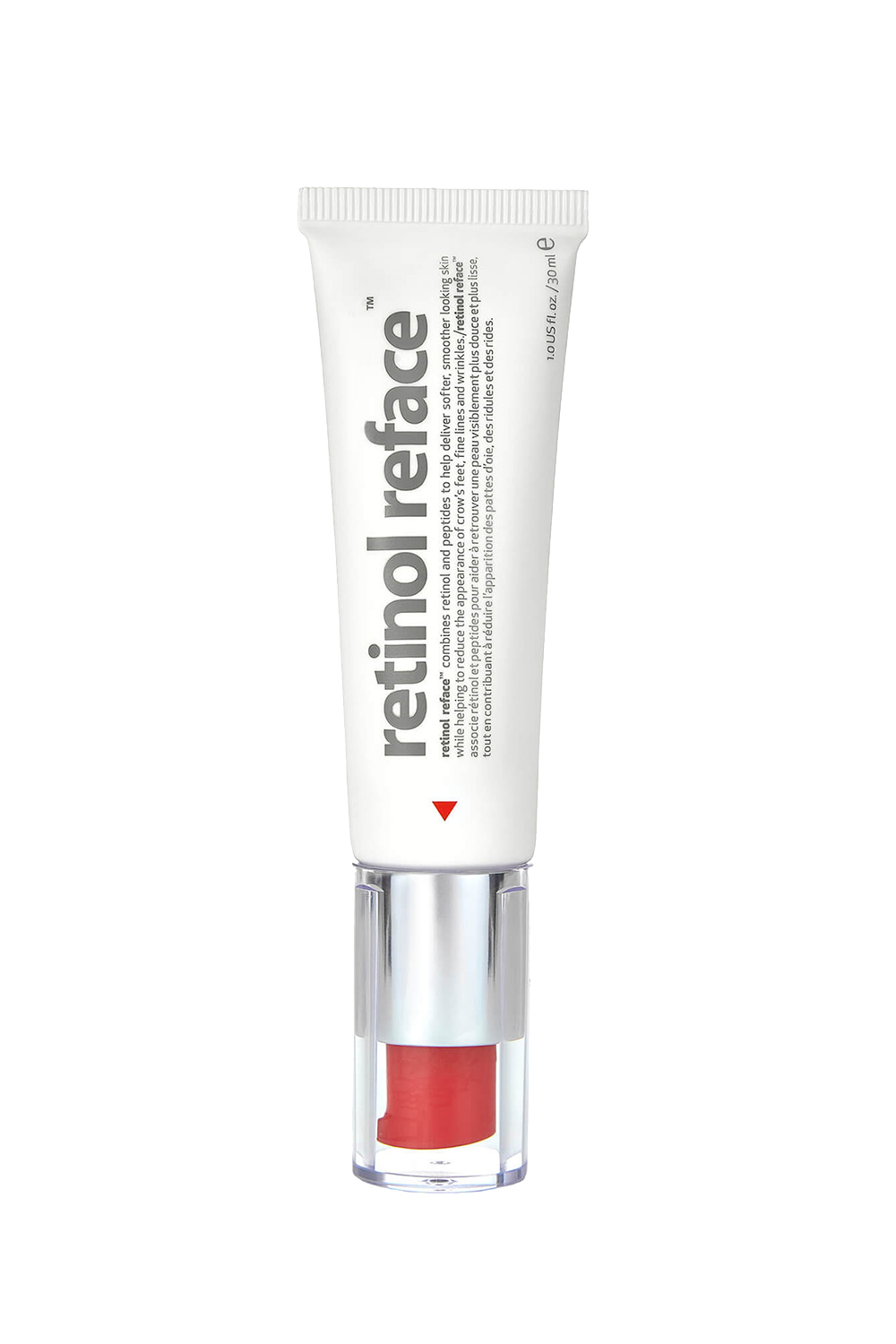
Good skin doesn’t have to break the bank, as this handy little tube from Indeed Labs proves, coming in at under £20. One of the easiest creams to apply, only a fine layer is needed to effectively target sun-spots, pigmentation and fine lines and it absorbs in a flash. It doesn't have a traditional retinol percentage, but contains 1% next generation retinoid fluid, 1% short and long-term time release retinol complex and 3% retinol-like peptide, helping to provide the same benefits as traditional retinol. All of that sounds pretty complex, but just know that this is a great entry-level retinol product.
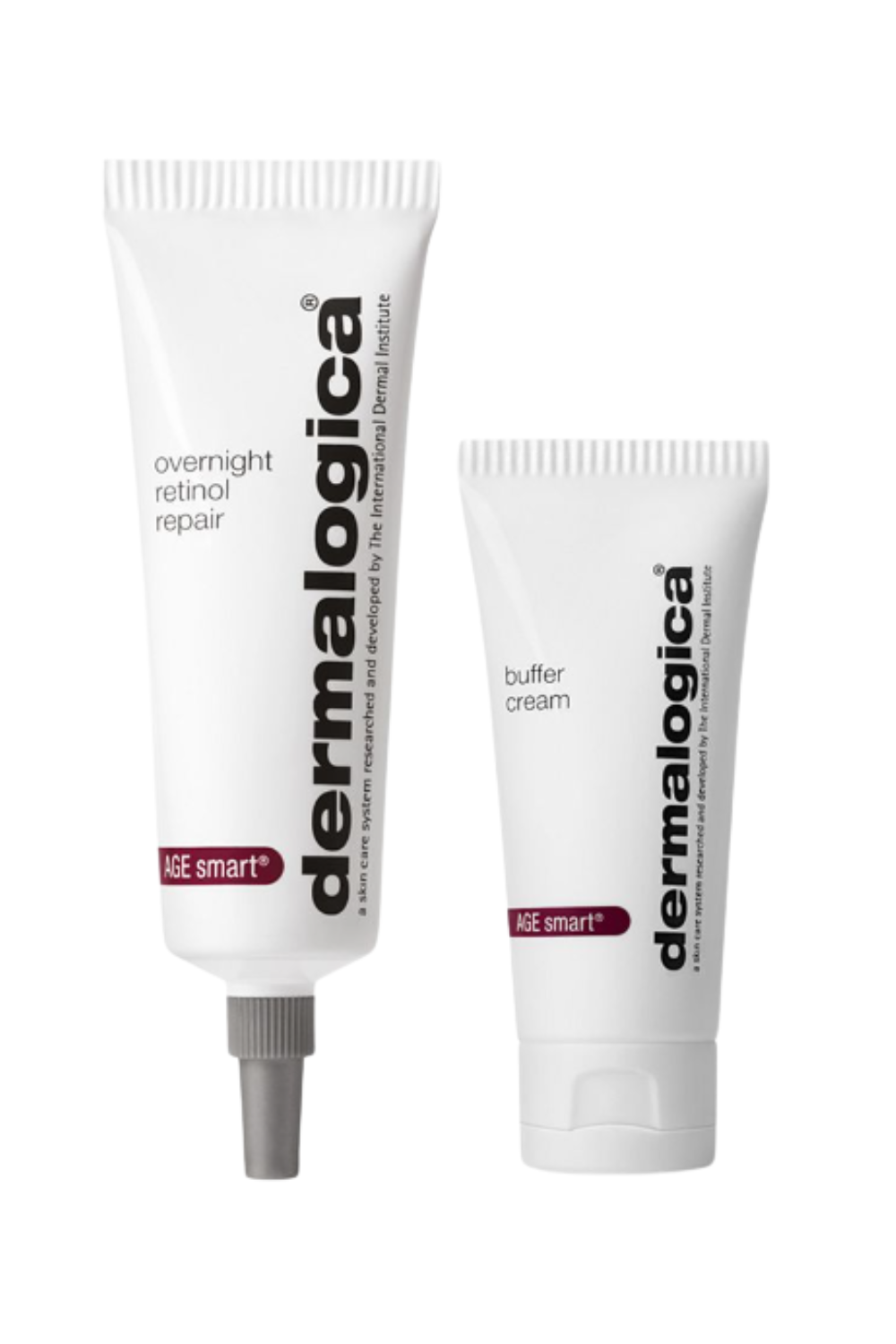
Vitamin C and powerful peptides combine in this velvety cream to compliment 0.5% retinol in brightening skin and tackling discolouration. Our favourite thing about this overnight treatment? It can effectively be diluted by mixing with the Dermalogica buffer cream, so you can gradually build up the dose as your skin adapts.

A favourite of skincare blogger and facialist Caroline Hirons, these multi-tasking vitamin A drops contain time released, 0.3% encapsulated retinol as well as antioxidant geranium oil, which helps to balance sebum, so it's ideal if you are prone to oilness. Omegas 3 and 5 also help to balance moisture levels in the skin and restore barrier function for a three pronged attack on ageing.
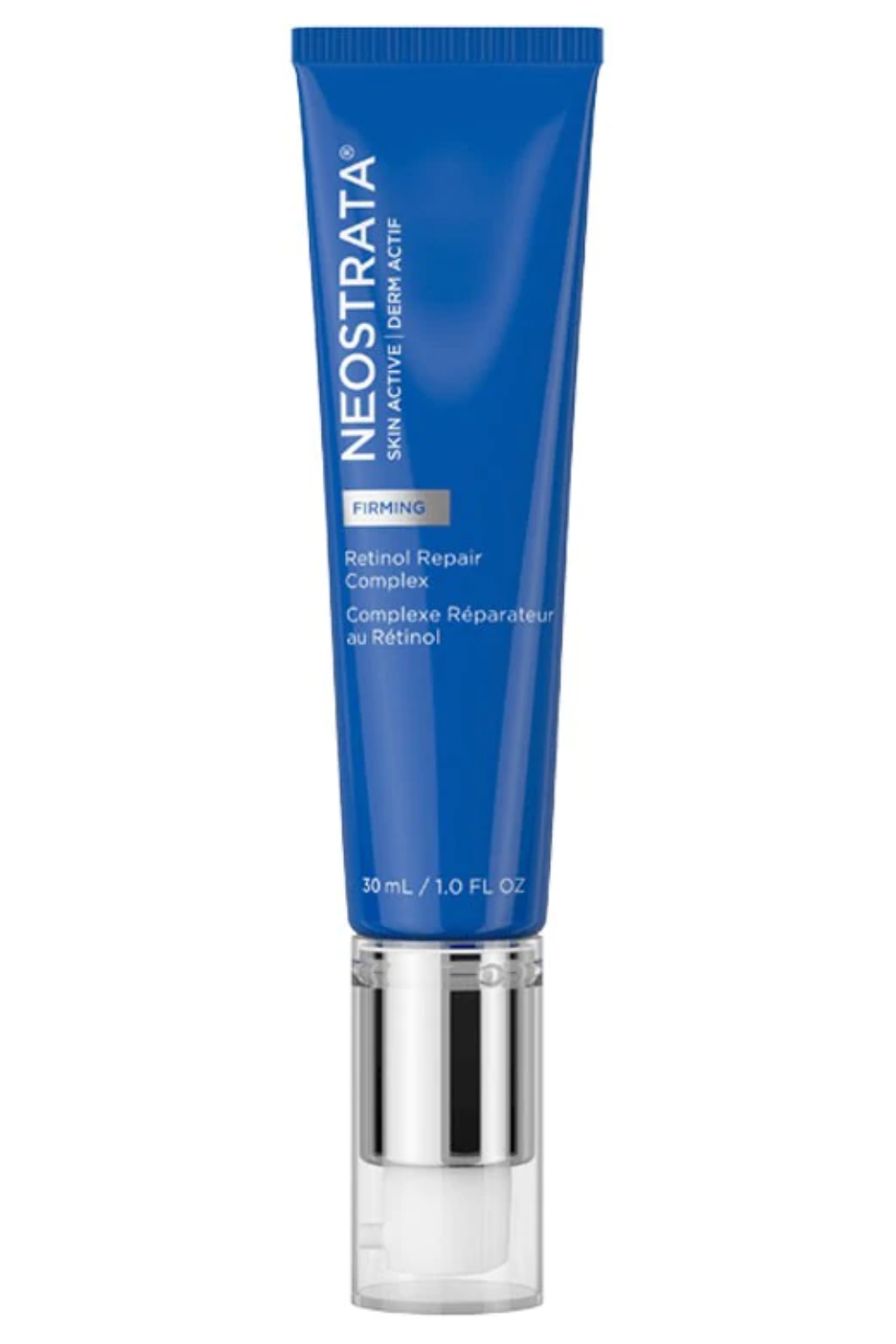
This cream helps control the gradual release of 0.5% encapsulated retinol throughout the course of the night and is also paired with NeoGlucomsamine. The dual benefits of which are that it helps provide a good foundation for hyaluronic acid to plump and hydrate the skin and it helps inhibit melanin production for a smooth and even complexion.

Elizabeth Arden decided that to ensure that the retinol is at it's most potent, it would physically encapsulate it in bio-degradable capsules. They say that in each one, the formula is 76% more potent than if it was just in fluid form in a bottle. Despite it's potency, it's super gentle and those with sensitive skin (who normally would steer clean or retinol) are able to use to it because it's combined with skin repairing ceramides.
Celebrity news, beauty, fashion advice, and fascinating features, delivered straight to your inbox!

Katie Thomas is the Senior Beauty Editor at Marie Claire UK. With over 10 years of experience on women's luxury lifestyle titles, she covers everything from the best beauty looks from the red carpet and stand out trends from the catwalk, to colonic irrigation and to the best mascaras on the market.
